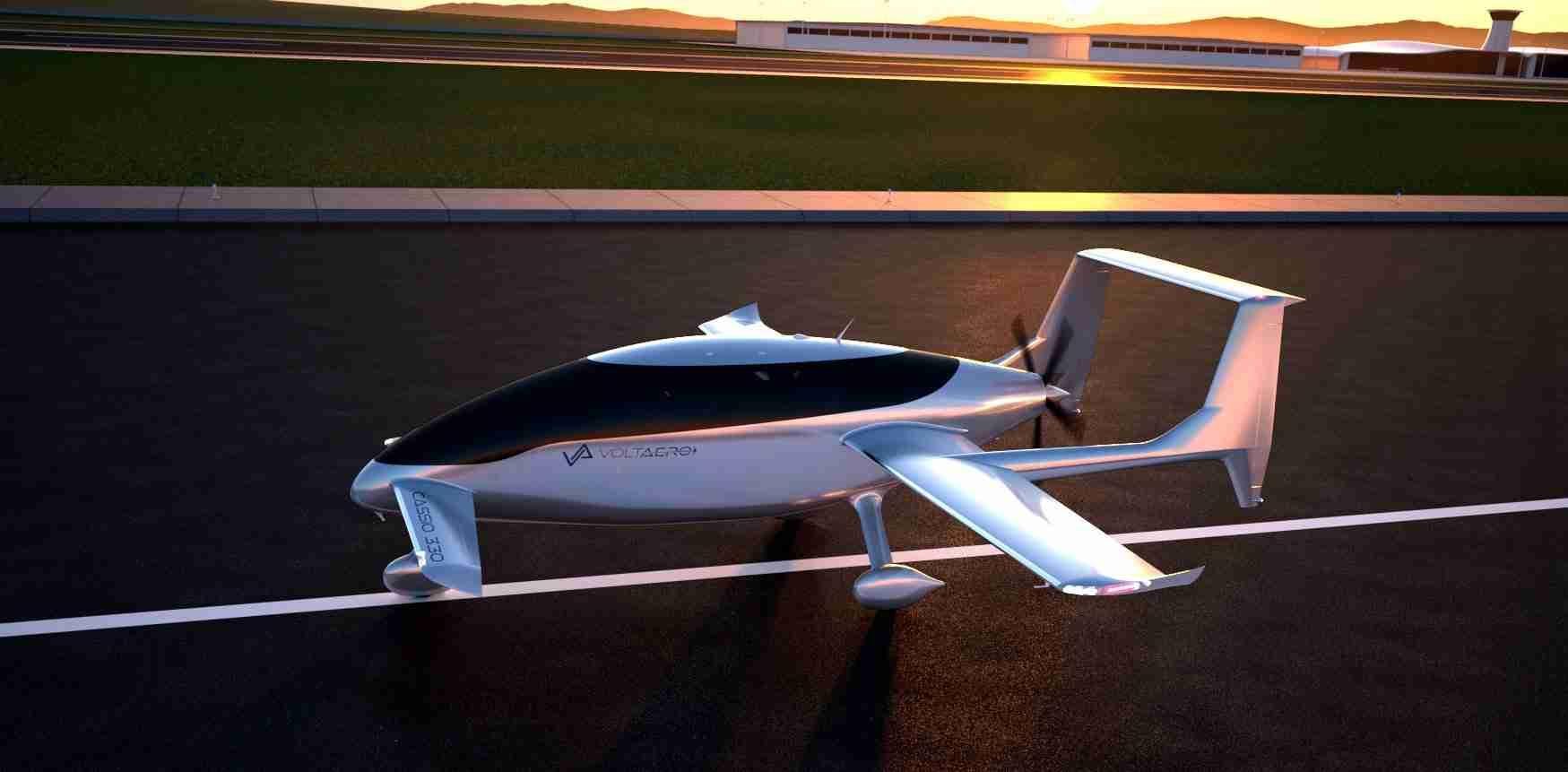
The initial member is VoltAero’s planned hybrid-electric family as aimed at the general aviation market.
VoltAero has secured Italian aerospace components and structures producer TESI as a strategic investor and industrial partner as part of a €32 million ($31.6 million) Series B fundraising round.
Based in Cicerale in southwestern Italy, TESI will build the first prototype of VoltAero’s Cassio 330, the first and smallest member in the French startup’s planned family of hybrid-electric aircraft.
Once complete, the Series B funding round will cover certification of the Cassio 330 and the launch of production of the five-seat aircraft, VoltAero says. The 4,255-lb. gross-weight Cassio 330 is a five-seater, powered by a 330-kW hybrid propulsion unit. The prototype is scheduled to fly in 2023.
VoltAero plans to build two prototypes of the Cassio 330, designated the Cassio 21 and 22. First to fly, the Cassio 21 will be powered by a conventional certified piston engine and will be used to validate the airframe and aerodynamics of the clean-sheet Cassio 330.
While this aircraft is being flight tested, VoltAero plans to conduct endurance bench testing of its hybrid propulsion unit. This will then be installed in the Cassio 22 for flight testing. Together the two prototypes will be used to certify the Cassio 330, which it aims to have ready for production in 2024.
After completing flight envelope expansion for the Cassio 330, VoltAero plans to modify the Cassio 21 prototype with the 480-kW hybrid propulsion system intended for the follow-on six-seat Cassio 480.
Where the Cassio 330 has fixed gear and 180-kt. maximum cruise speed, the 5,512-lb. gross-weight 480 has a longer-span wing, retractable gear and 200-kt. cruise. The third member of the planned family, the 12-seat, 600-kW Cassio 600, combines the longer wing with a larger fuselage.
VoltAero’s propulsion system uses electric motors for taxi, takeoff, cruise and landing. The hybrid feature, based on an internal-combustion engine, is used as a range extender, recharging the batteries in flight. The thermal engine also serves as a backup in case of an electric propulsion failure.
Safran is supplying the electric motors and Electric Power Systems is providing the battery system. VoltAero plans to assemble Cassio aircraft in a facility at Rochefort Airport in France’s Nouvelle-Aquitaine region.





